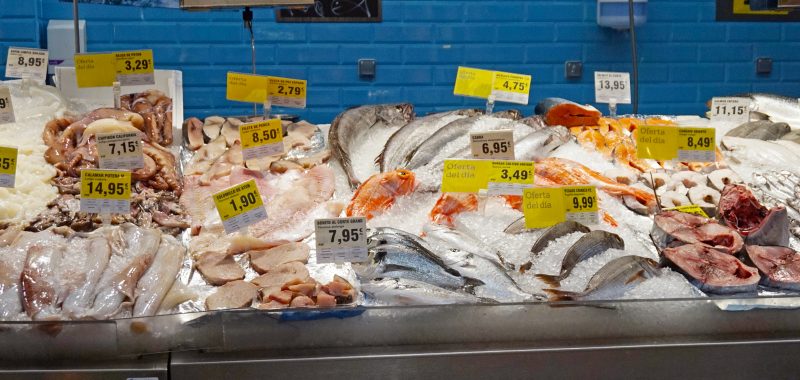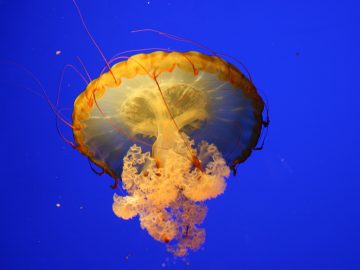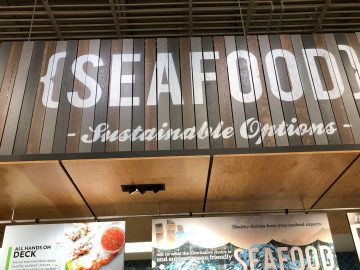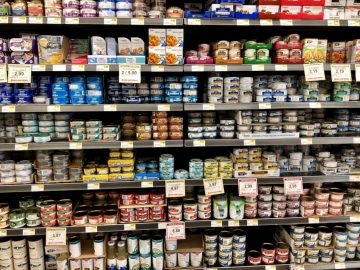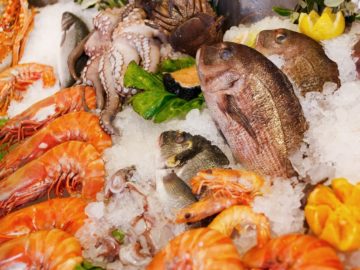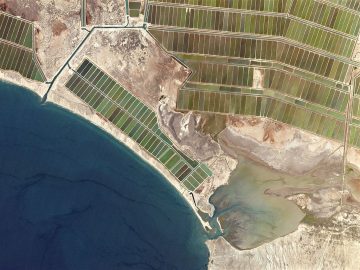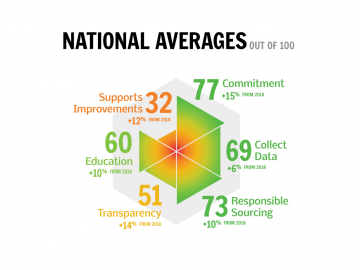You can’t manage what you don’t measure
At the start of July, SeaChoice released our first annual update to Seafood Progress – an online resource that assesses and compares major Canadian food retailers’ sustainable seafood commitments and what they are doing to achieve them. Seafood Progress has six steps that follow the framework produced by the Conservation Alliance for Seafood Solutions in their Common Vision for Sustainable Seafood. This post is the second in a series that will look at each of the six steps in more detail, highlighting trends, shortcomings and leaders in action.
Our post on Step 1, which focused on retailers’ sustainable seafood commitments, highlighted the variety of strategies that retailers have taken to try to “green” their seafood selection. But as the saying goes, you can’t manage what you don’t measure, which is why Step 2 of Seafood Progress scores retailers on their policy on data collection. The four indicators making up Step 2 assess whether retailers are tracking, for none, some or all of their seafood products, 1) species names, 2) geographic origins, 3) whether products are wild or farmed, and 4) harvest methods. This information is required to assess a seafood’s sustainability – without it retailers can’t track their performance against their environmental or social sustainability commitments.
In 2019, Step 2 went up by six points to a national average or mean of 69 (out of 100). This increase is largely a result of Safeway starting to engage with Seafood Progress and share information that had previously not been publicly available. SeaChoice would also like to recognize that METRO, Loblaw and Save-On-Foods all scored 100 on this step, meaning that they collect scientific names, geographic origins and harvest methods for all commodities covered by their seafood commitments.
In addition to being imperative to internal commitment tracking, collecting these data also allows retailers to be more transparent with their customers, who want to know more about what they are eating, whether for health, environmental or social responsibility reasons. METRO, for example, have made this data publicly available for a wide range of its seafood products via its “Fraîcheur traçable” / “Freshness you can trace” program. Using this system and the information available on seafood counter and private label products, customers can find out more information about the species, where the product came from and what gear type or farming method was used to produce it. Walmart Canada have made similar information available for all of its wild-caught seafood through the Ocean Disclosure Project, which also includes information about certifications, fishery improvement projects and stock status and management.
Finally, these sorts of initiatives in data collection and transparency demonstrate that retailers have mapped their supply chains and have confidence in the vendors they purchase seafood from. Although it might be a big lift at first, this should be part of every company’s due diligence. In fact, some of Canada’s biggest seafood trade partners, the European Union and the United States, have laws that require more information to be printed on seafood labels, which in turn requires strong traceability so this data travels with products up the supply chain. Unfortunately, Canada has just reviewed its food labelling laws and is proposing no changes to improve Canada’s seafood labelling laws, even though studies have shown that seafood labelling quality is generally poor (e.g. SeaChoice’s 2017 and 2018 studies, Oceana’s 2018 report).
There’s one final chance for the government to change its mind and bring Canada’s seafood labelling laws into the 21st century and require retailers to not only collect this important data but also make it publicly available for consumers. SeaChoice, through the David Suzuki Foundation, are petitioning the government to reconsider its lack of ambition – you can add your voice to the call here.
It is in everyone’s interest that seafood businesses collect these key data on the seafood products they buy and sell, both to ensure they are meeting their sustainability commitments and so they can be sure the information they give their customers about their products is truthful and not misleading. For these reasons, SeaChoice encourages the retailers that are not currently scoring 100 on this step to look into expanding their data collection programs.
Others in this series:
